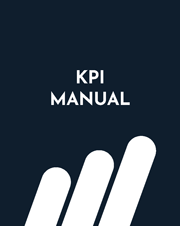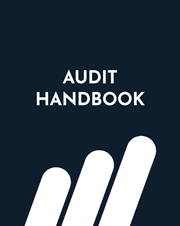
MaintMaster Maintenance Manual
The principal goal of a maintenance organisation is always to improve operational reliability.
The core is to have a good strategy. In this manual, we have created an easy-to-use and follow manual with clear guidance on how to follow it.
By the way, do you know that MaintMaster is the only CMMS solution built on the EN Maintenance & ISO 55000 Standard?
Download your copy of the manual

Maintenance according to Euorpean standards
Your practical guide to maintenance standards starts here.
Maintenance Vision, Strategy & Policy
This chapter gives you an example of how to develop a strong maintenance vision, strategy and policy.
Maintenance standard
Maintenance-related standards and general terminology and definitions.
Preventive Maintenance
Effective preventive maintenance ensures improved availability and reduces maintenance costs.
Corrective Maintenance
Working on corrective maintenance aims to restore a device, after faults have been detected.
Improvement Maintenance
The purpose of improvement maintenance is to identify and implement improvement measures for the equipment.
Modification
Modifications to equipment to increase speed and quality should be separated from the budget.
Case Management
To make the right decisions, you need to use the right evidence.
Organisation
It is important for all organisations to carefully consider their maintenance strategy.
Finance
Maintenance economics is a comprehensive term used to manage maintenance activities.
Goals & Key Performance Indiscators (KPIS)
Maintenance should always aim to improve reliability and measure it using real values.
Implementation in MaintMaster
Learn how to implement a CMMS in your organisation in accordance with the maintenance standard.
Planning & Scheduling
Planning and preparation help to minimise downtime and maximise benefits.
Spare Parts Management
Efficient spare parts management is crucial for stock control and improved availability.
LEAN - 5S
In the case of maintenance, LEAN principles can be used to streamline processes and increase efficiency.
Systematic Work Environment Management
Learn more about systematic work environment for preventing accidents and injuries in the workplace.
Learn the basics of a CMMS
Gain insight into the functions and advantages of a CMMS, a tool that assist teams in planning, organizing, and tracking.
Discover More E-books


